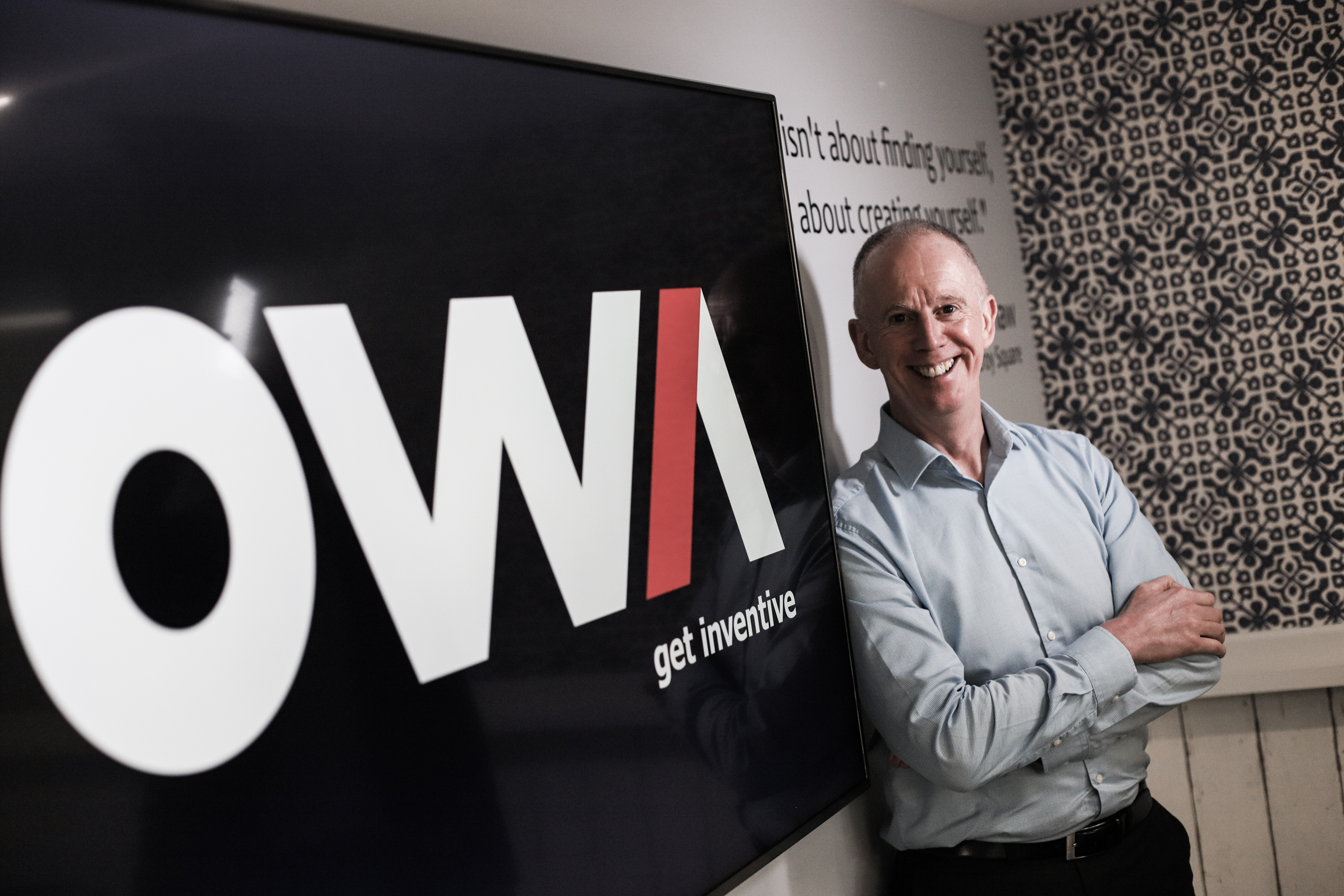Derisk your project
The planning stage of a project can be daunting for some organisations, with development partners requesting technical specifications or requirement documents and a whole host of questions that frankly you might not have thought about.
At OWA we understand how difficult it is to successfully plan and scope a full project from the outset – our aim is always to help reduce the level of uncertainty and risk that can be found at the start of a new piece of development. To do this, we work with you to understand the key deliverables and outline what can be produced in either a proof of concept or a minimum viable product (MVP) solution.
Proof of concept
A proof of concept is a perfect middle-ground for clients who have an idea but are not 100% sure of the final solution or not yet ready to take the product to market. This approach allows OWA’s technical team to work with you to create a concept which has specific functionality available within it and showcases the project's key features without the cost of developing the full platform. Each proof of concept is built in such a way that it can be re-used and scaled up once the full platform is ready for development.



MVP solution
A minimum viable product or MVP solution differs to the proof of concept approach in that this provides you with a fully functional platform but with a focus on what must be in place in the system from day one. This works particularly well for organisations looking to get a product to market quickly without the cost or timeline involved in a full build or rebuild of a platform.
With an MVP build, we recommend development is undertaken in phases or 'sprints' with regular meetings between OWA and your team to ensure that everything required is added to the system, tested and finessed during these iterations.
Agile for the win
Both the proof of concept and MVP approaches to project development offer clients real flexibility with the functional requirements as well as the budget. They also enable a wider degree of discovery in the way a product is scoped and subsequently designed and developed as they can include rapid rounds of user testing and refinement.
As such, both approaches lend themselves well to using agile project management methodology where learnings may lead to further improvements in development and design pre- and post-launch.



Andrew Finley, director, Oxford InnovationWe would be delighted to recommend them.

